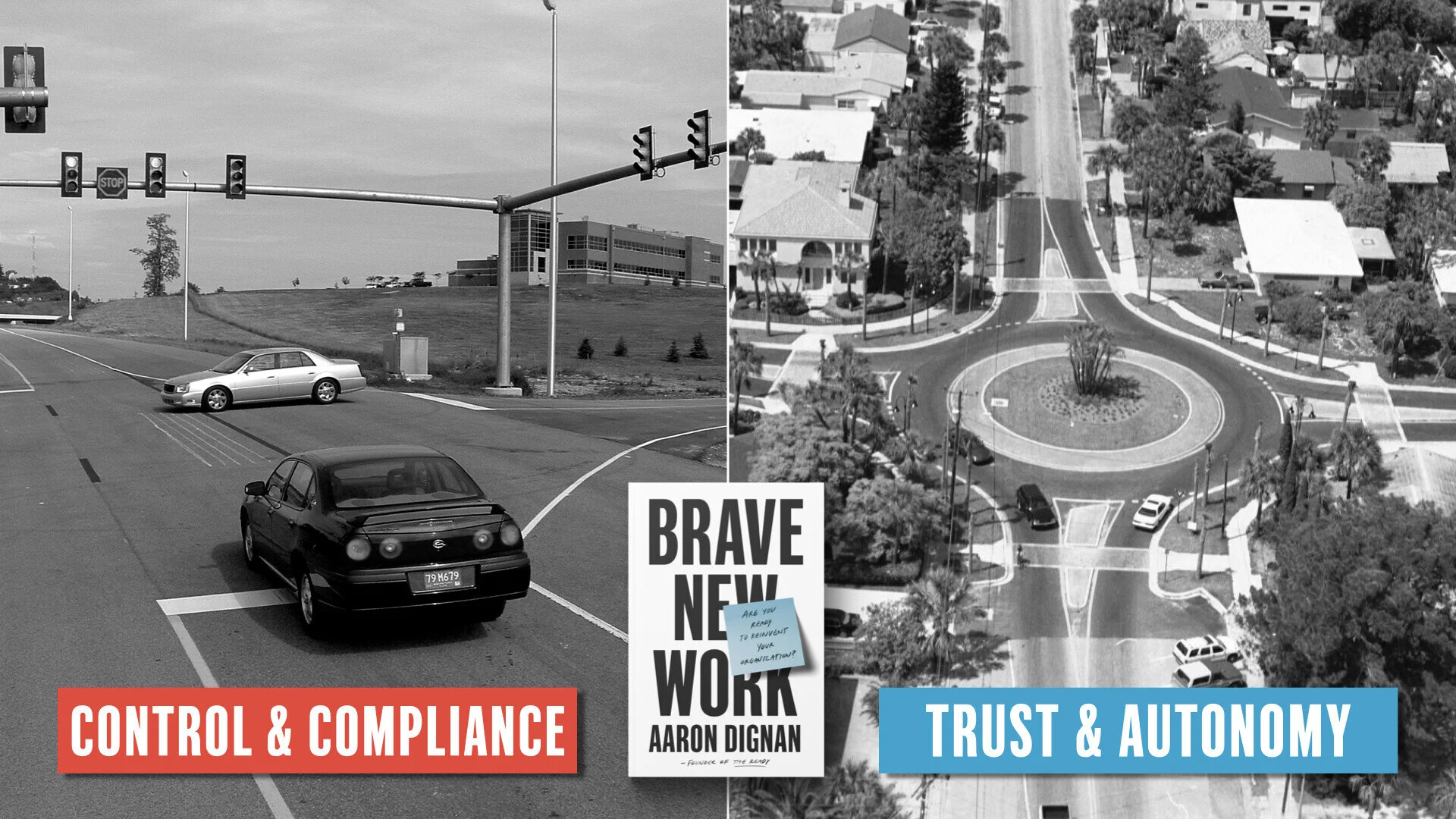It’s better
if we make as though many a thing
hangs in the balanceAs if
– Stephen Jenkinson
how we are with each other
is how the lords of chance will be with us
Category: Uncategorized
Imagine arriving at a job interview and finding yourself beside another candidate — in front of the interviewer.
The interviewer says:
Your job is to get the person sitting next to you to get a second interview …….. Help your partner succeed …….. make your partner look good.
Richard Sheridan from Menlo Innovations explains:
You’re thinking ‘but I need a second interview’ – aha, help the person sitting next to you, that’s [the capacity] we’re gonna watch for. Because we work in pairs.
– from the Being Human podcast with Krista Tippett
I actually think that people are so much more intelligent than many spiritual traditions give credit, and often than we give credit to ourselves.
To me it’s like: we know what we wanna eat, do you know what I mean – it’s that close to us. I know I loved smoked fish, there isn’t anything anybody can say that will change my mind about that.
And I think that when it comes to meaning and what we really need to feed our heart, we know that too.
This quote is Sounds True founder Tami Simon talking to Krista Tippett in the podcast “On Being”. It reminds me of Cynthia Winton-Henry’s Body wisdom tool #3: “Inner Authority — Believing what you notice”.
Do you believe what you notice?
We have to meet the universe halfway,
to move towards what may come to beAll living is meeting
And each meeting matters
– from “Meeting the Universe Halfway” by Karen Barad, 2007
At the end of a yoga class, our teacher was instructing us to set up for shivasana, the final resting pose of the class.
Seeing us rush to get into position, she encouraged us to take our time and set ourselves up properly, “as if you were doing it for a friend.”
– from a group exercise in the Working Out Loud peer program by John Stepper, week 12
Looking at him from this perspective, I saw that when he walked into the street, he really was asking a question.
‘What are the rules? How do I generalize? When is it all right to walk in the street and when isn’t it?’
[First] I told him to stay out of the street. The next day, I carried him when we crossed the street. Occasionally, when there was no traffic, I held his hand while he crossed. On isolated roads, I would even let him go across alone while I walked alongside.
As I became clear, and as he understood, he complied. He enjoyed complying. He derived a great deal of satisfaction out of mastering the road-crossing situation. We both were seeking the same goal.
from “Profound Simplicity” by Will Schutz, 1979

According to this article on American Society of Civil Engineers a roundabout moves “50 percent more cars per hour” compared to a traffic signal-controlled intersection.
It also needs additional agreed-upon principles and levels-of-trust to work smootly and safely:
Principle
-
When entering: give right-of-way to vehicles already in the circle
-
When about to exit: signal
Trust level
-
Social coordination will be sufficient to handle the differenct scenarios
If in an organization you were to let the individual “driver” make more calls, which principles would you base these calls on and how would you describe your levels-of-trust?
This post is build upon How to pick the principles that will actually change your organization by Jurriaan Kamer.
(image with permission)
. . . on cultivating what people enjoy participating in.
Now on sale for 4 minutes 58 seconds of your time only! Special offer today!
P.S. The lessons start after 0:40
If you are a formal boss looking at a possible project, you might have some risk from the decisions that I as a colleague could make.
Some of these risks you might want to avoid altogether, or minimize by drawing a line to separate them on beforehand. These may be called “givens” or “non-negotiables”.
Any of these risks meaningful to you, I would like to know about and hear how you feel about them, in order to make good calls.
I do respect the formal responsibility of the one with the formal authority. Simultaneously, practising assuming responsibility helps us share it, enlargen trust and coherence.
If you understand Swedish, this podcast episode is one of the best interviews on self-managed workplaces I’ve heard. Personal, lighthearted, down-to-earth, and honest:
At least the way we have worked, it’s about driving the culture shift, and it takes such a long time – I mean you gotta have such patience.
(Original in Swedish: “Som vi har jobbat i alla fall så handlar det om att driva kulturförändringen, och det tar ju jättelång tid, alltså man måste ha sånt tålamod.”)
The interviewee is Anna Elg, managing director at Svenska Retursystem AB, with some 160 employees. Since some years, she’s let the people in the teams decide whether or not they want to have a boss in their team. The episode from the podcast “Tealpodden” is here.